Steer - EV Subscription Service01 Introduction
Steer was a service design opportunity that redefined vehicle leasing and set a high bar for sustainability in transportation. The idea behind the product was to entice drivers to sign up for the service, where they could drive and swap electric vehicles, depending on their needs. The offering provided options ranging from EV trucks to a range of Tesla models.
Through creating a human-centered research process, we utilized our findings to inform decisions and provide a basis for our assumptions. Keep reading to get a better understanding of the process and execution.
02 Research
Working with Exelon stakeholders, our objective was to understand what customers found desirable about the Steer EV subscription service. We conducted research in three categories: options, messaging, and behavior. Through qualitative interviews, home visits, and digital experiences, we gained insights about our target audience. We wanted to determine the types of vehicles customers were looking for, our pricing threshold, and the most enticing features.
Behaviors
How often will customers need to charge?
Distinguish ownership behaviors from subscription behaviors?
How long will people stay in service?
Do current EV owners rent vehicles to fit needs?
Anticipating demand and delivery expectations
Messaging
How do we spread the word?
How do we control demand?
Target marketing to bench head customers
How do we deliver our mission to the masses?
Options + Pricing
Is pricing determined by features or vehicle type?
Will customers pay more for pickup or drop off?
Validate pricing features
Flexibility or device types?
Add on driven pricing?
03 Ideation
After extensive research, we were prepared to map out our product and services. Initially, we focused on understanding our customers' needs. As users navigated through our landing page, we provided them with increasingly detailed information. Our research revealed that users were primarily concerned about the logistics of ordering a new vehicle and how it would fit into their chosen plan. This insight shaped the architecture of our information.
Branding
We created mood boards to help evoke the vibe of the brand.
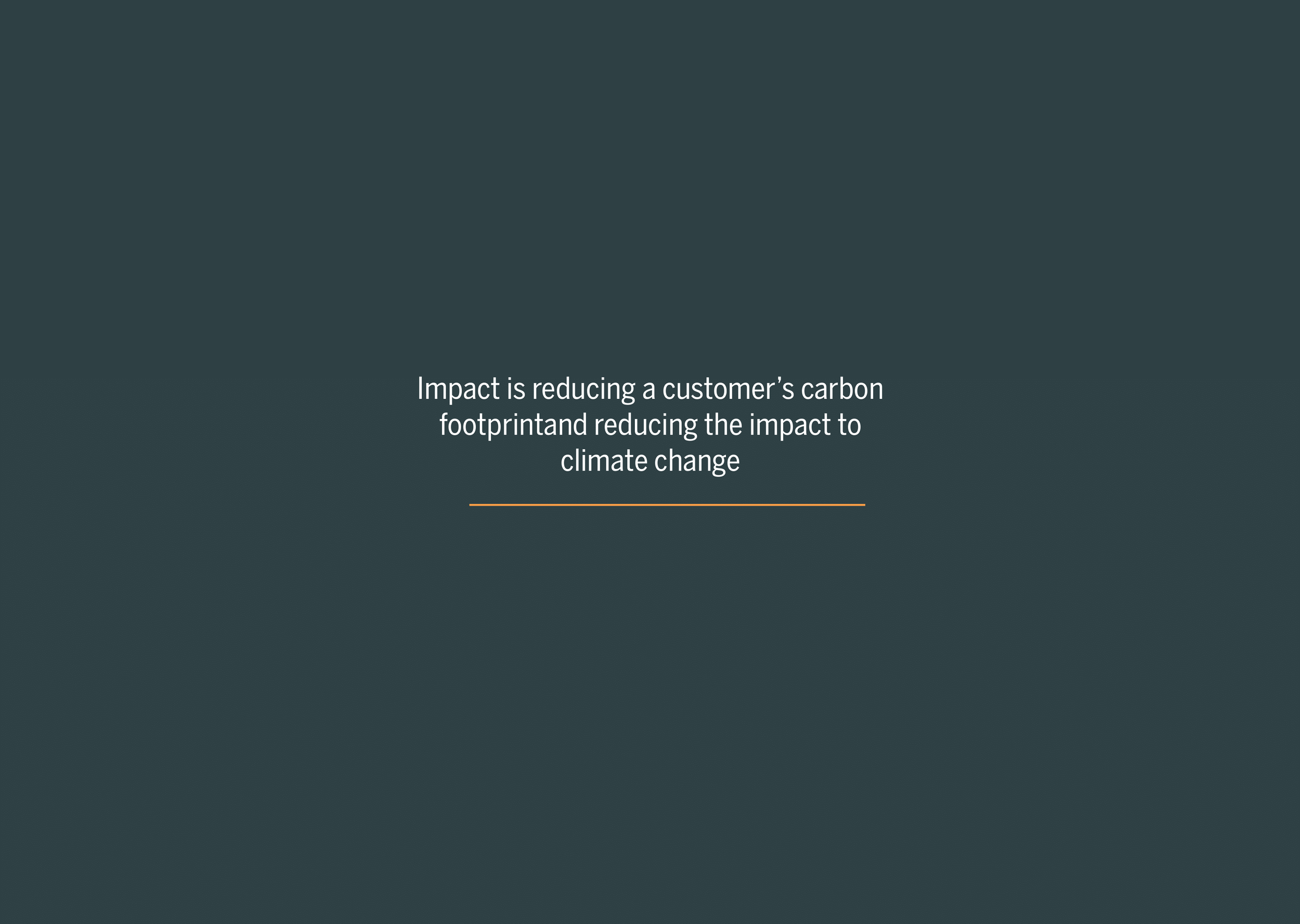
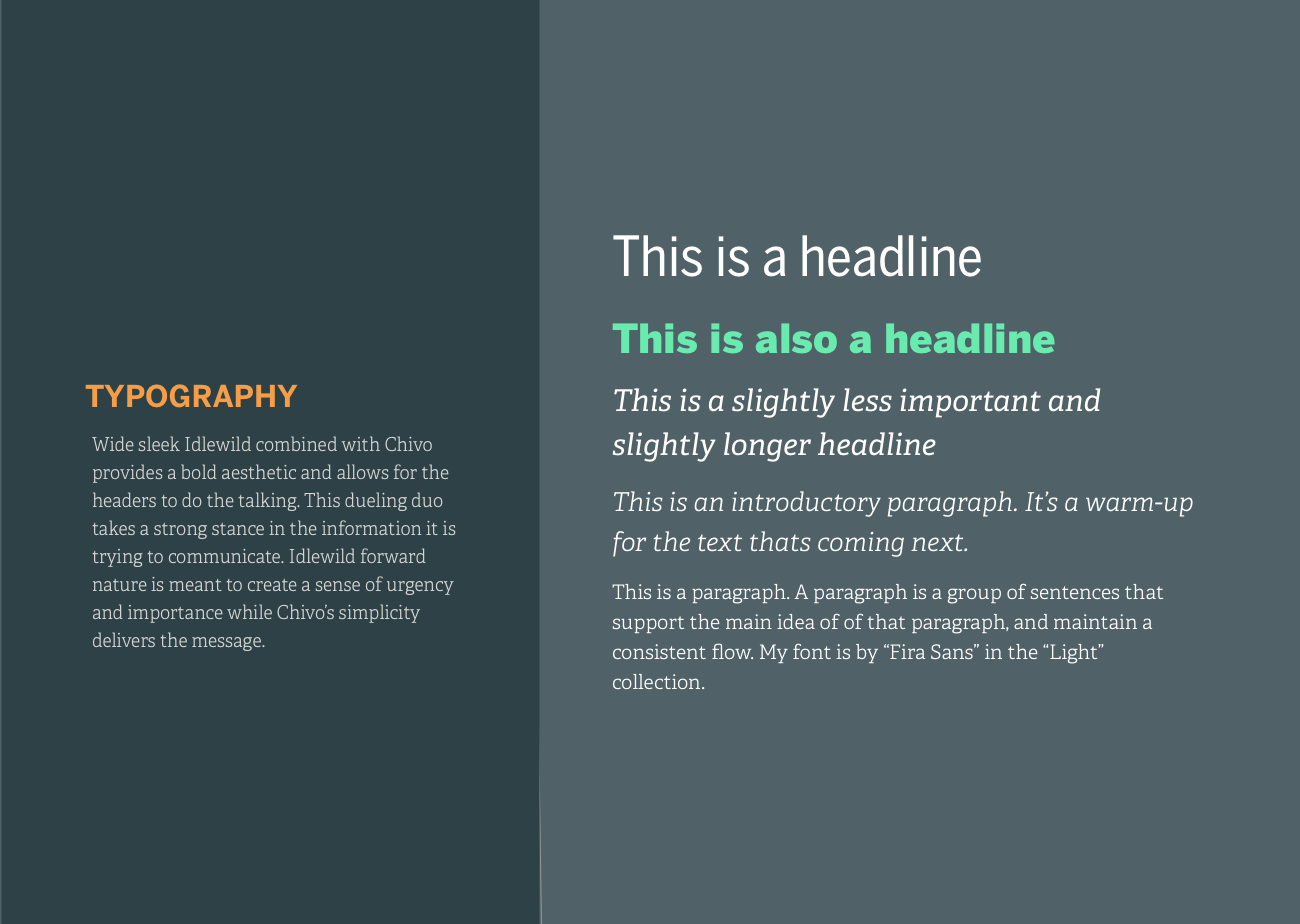

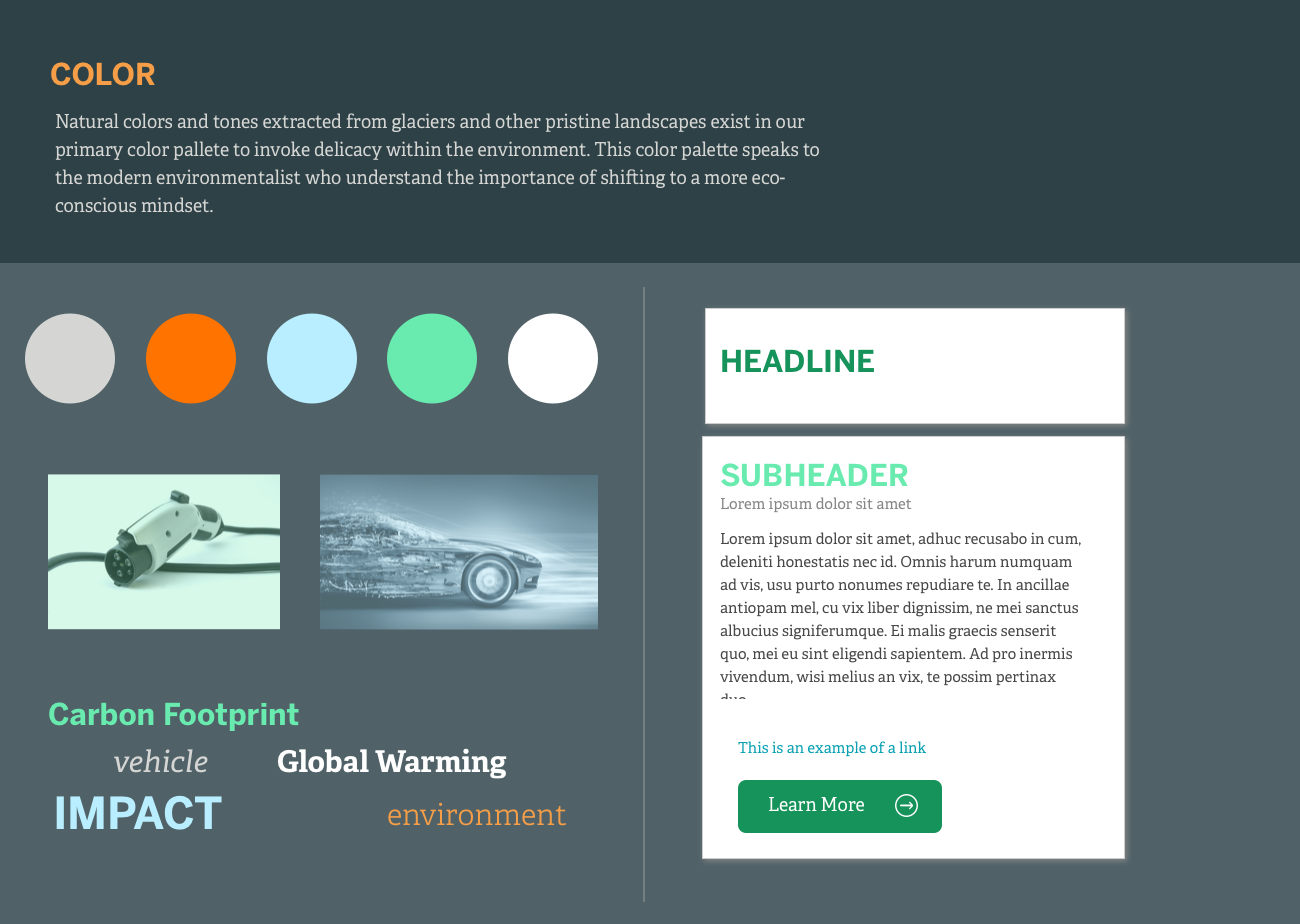

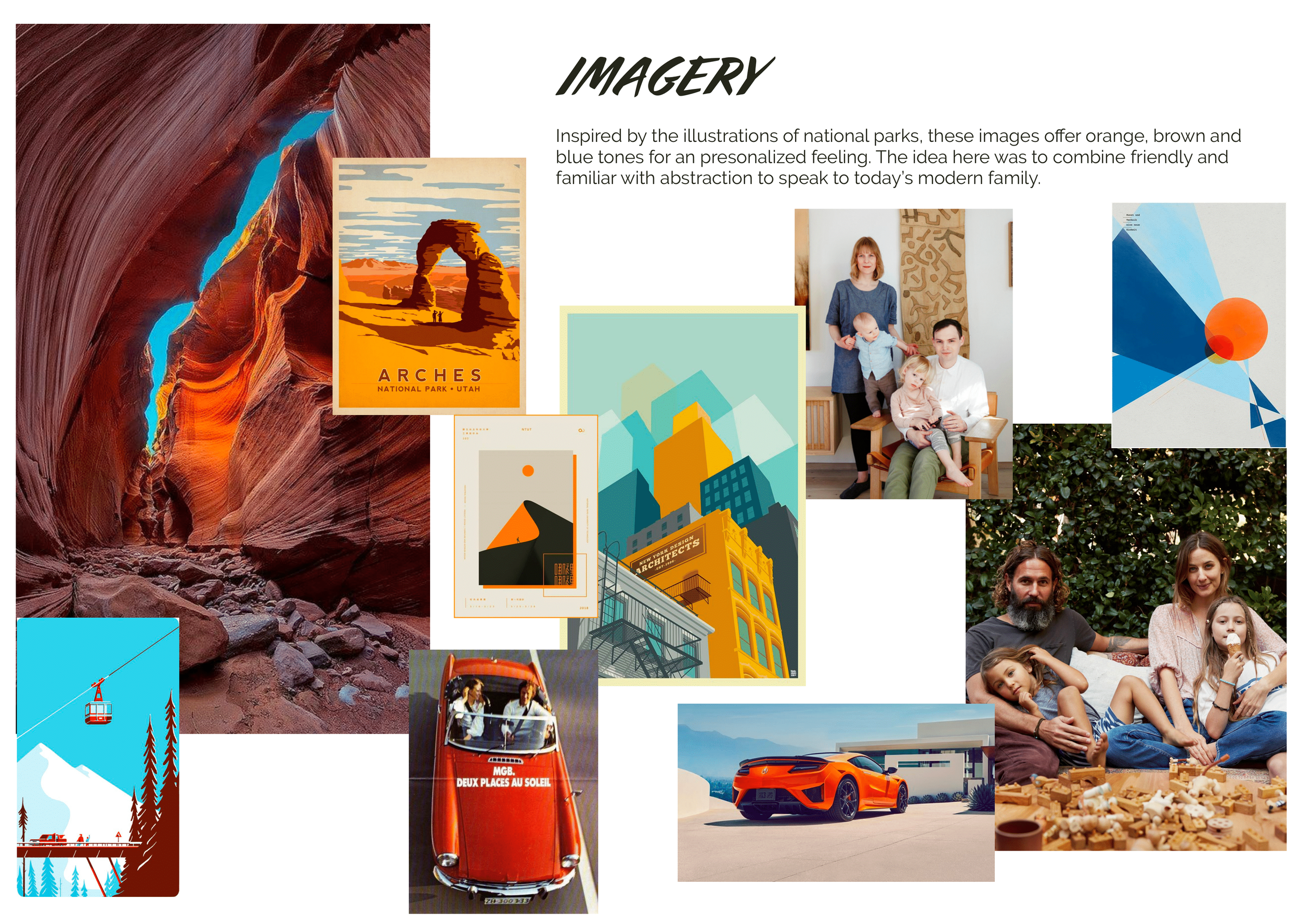


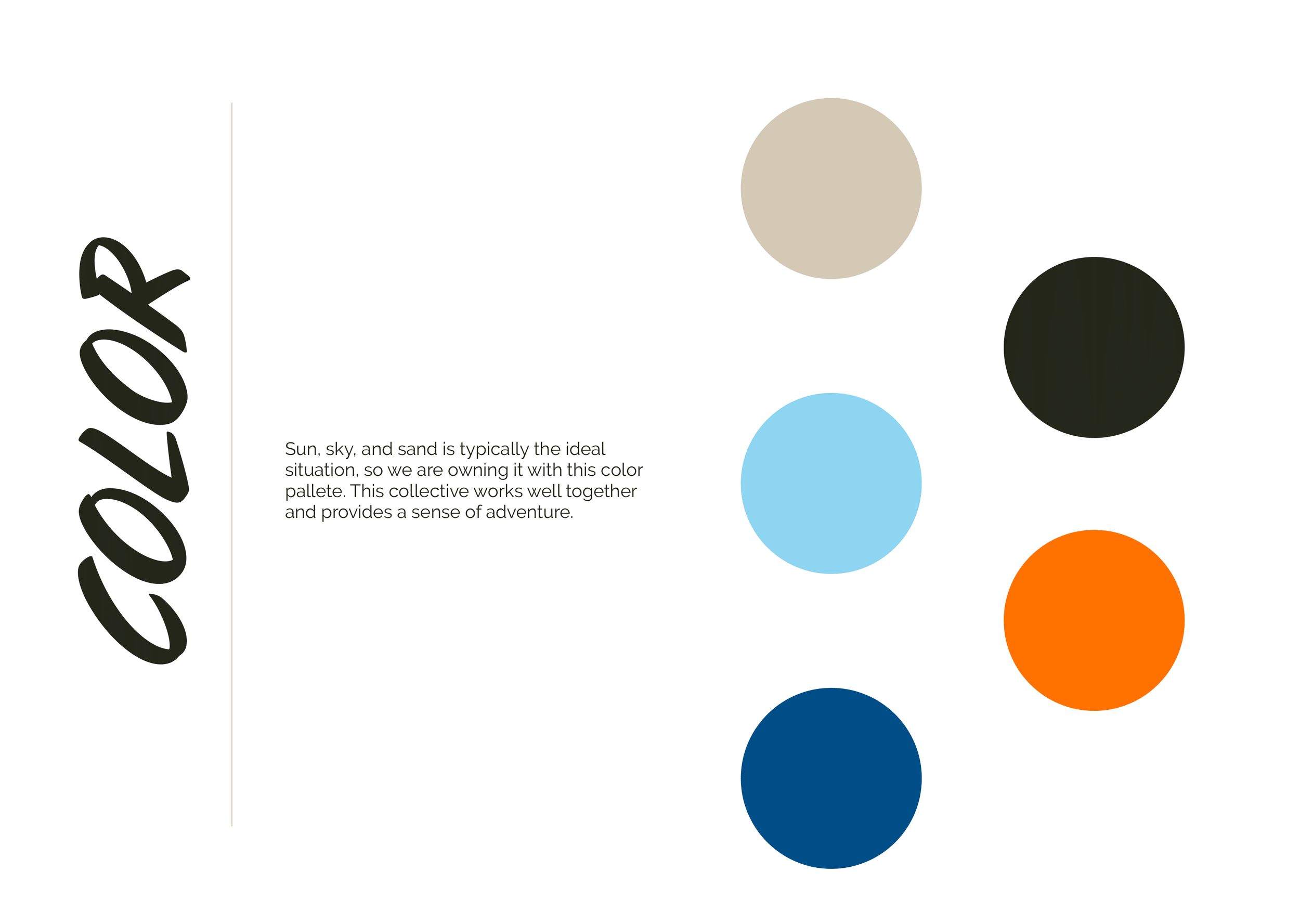





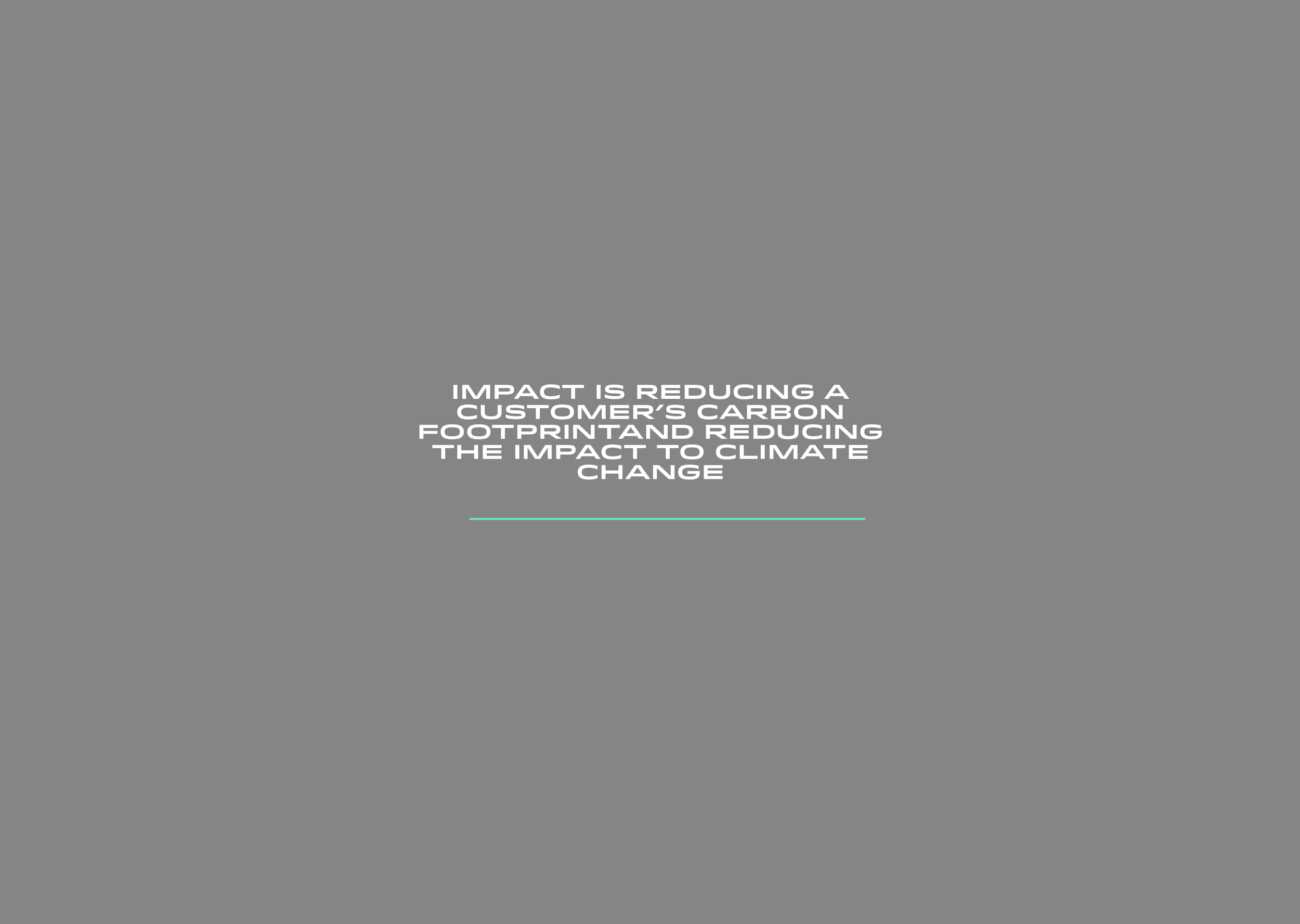
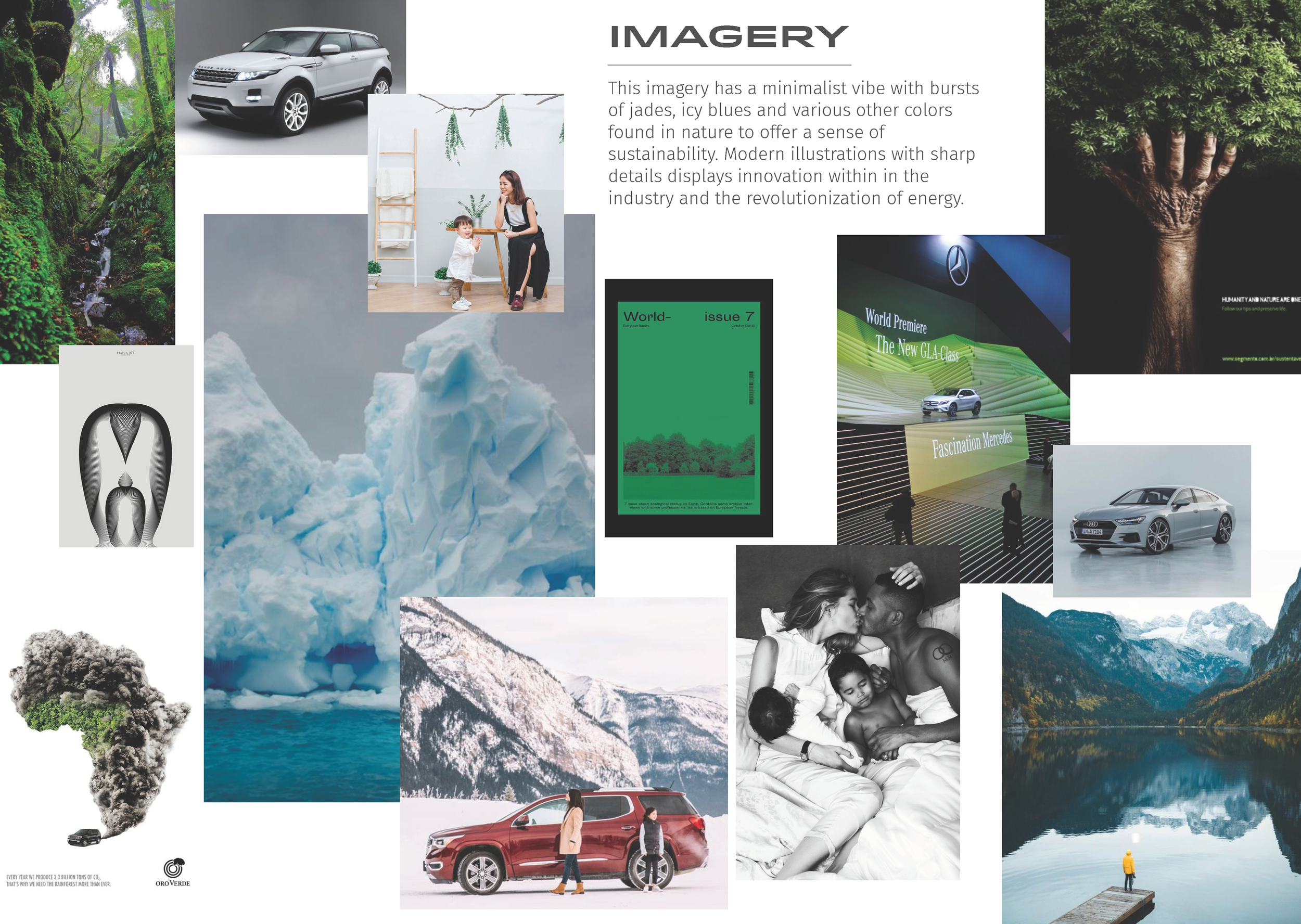
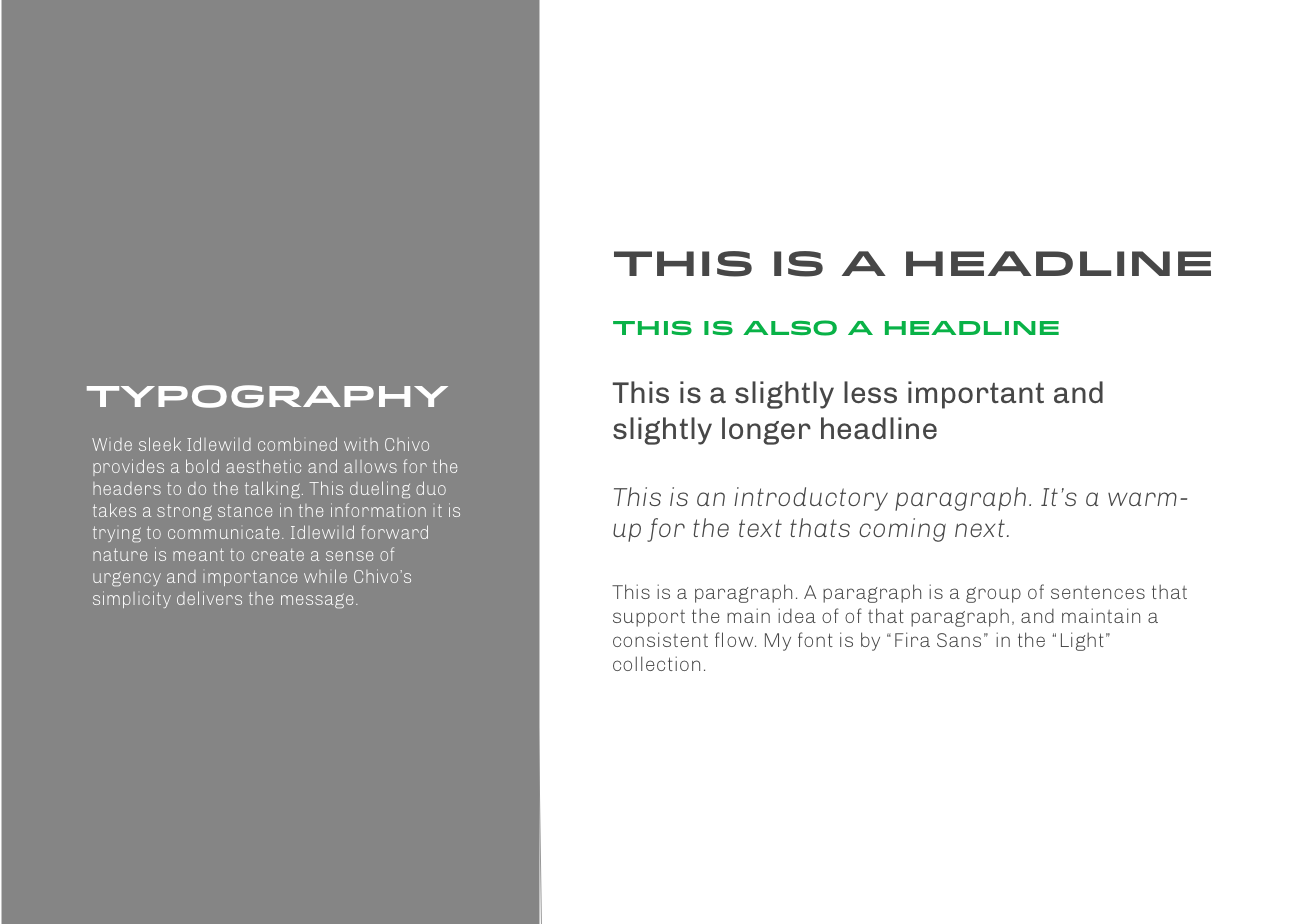
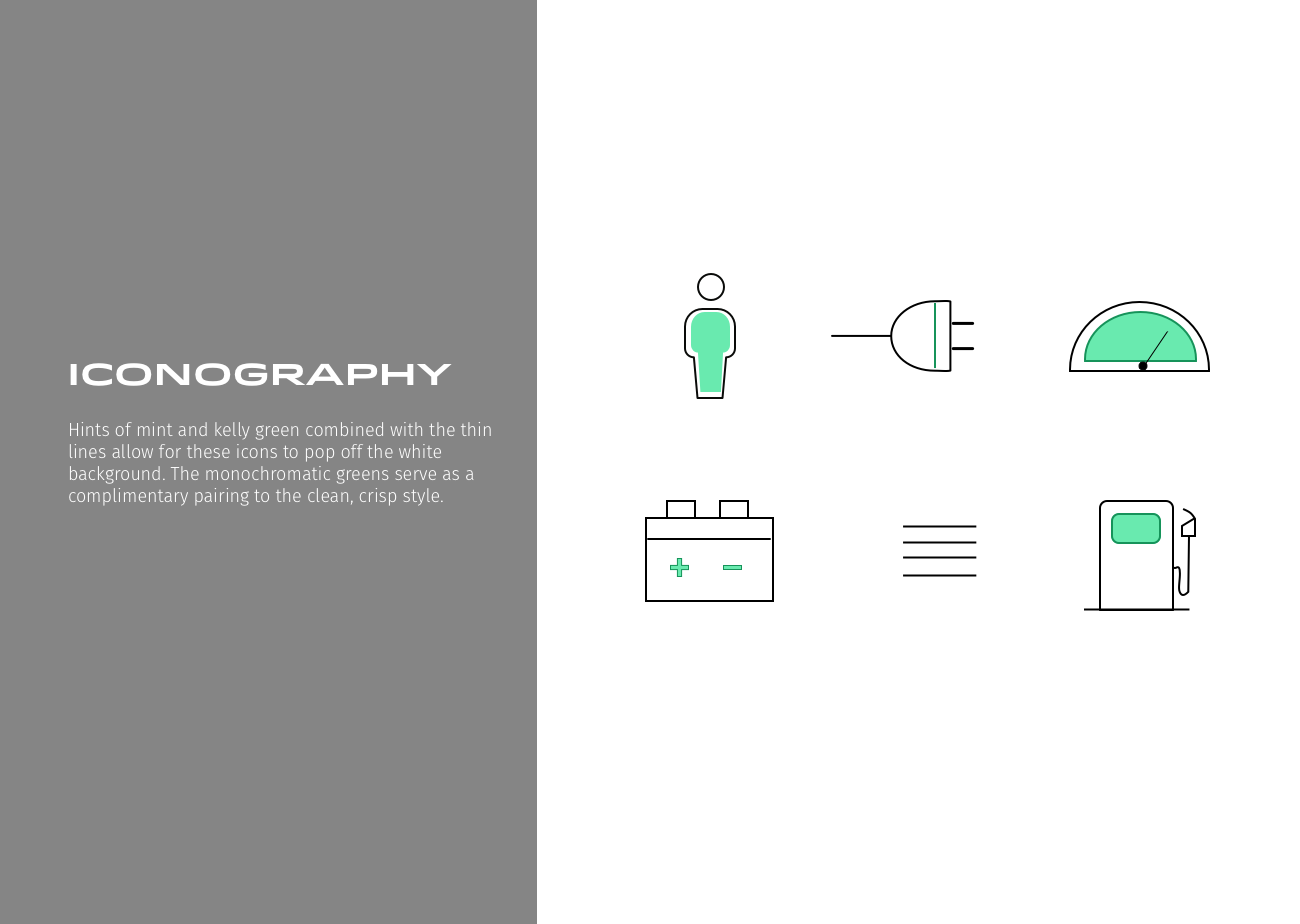

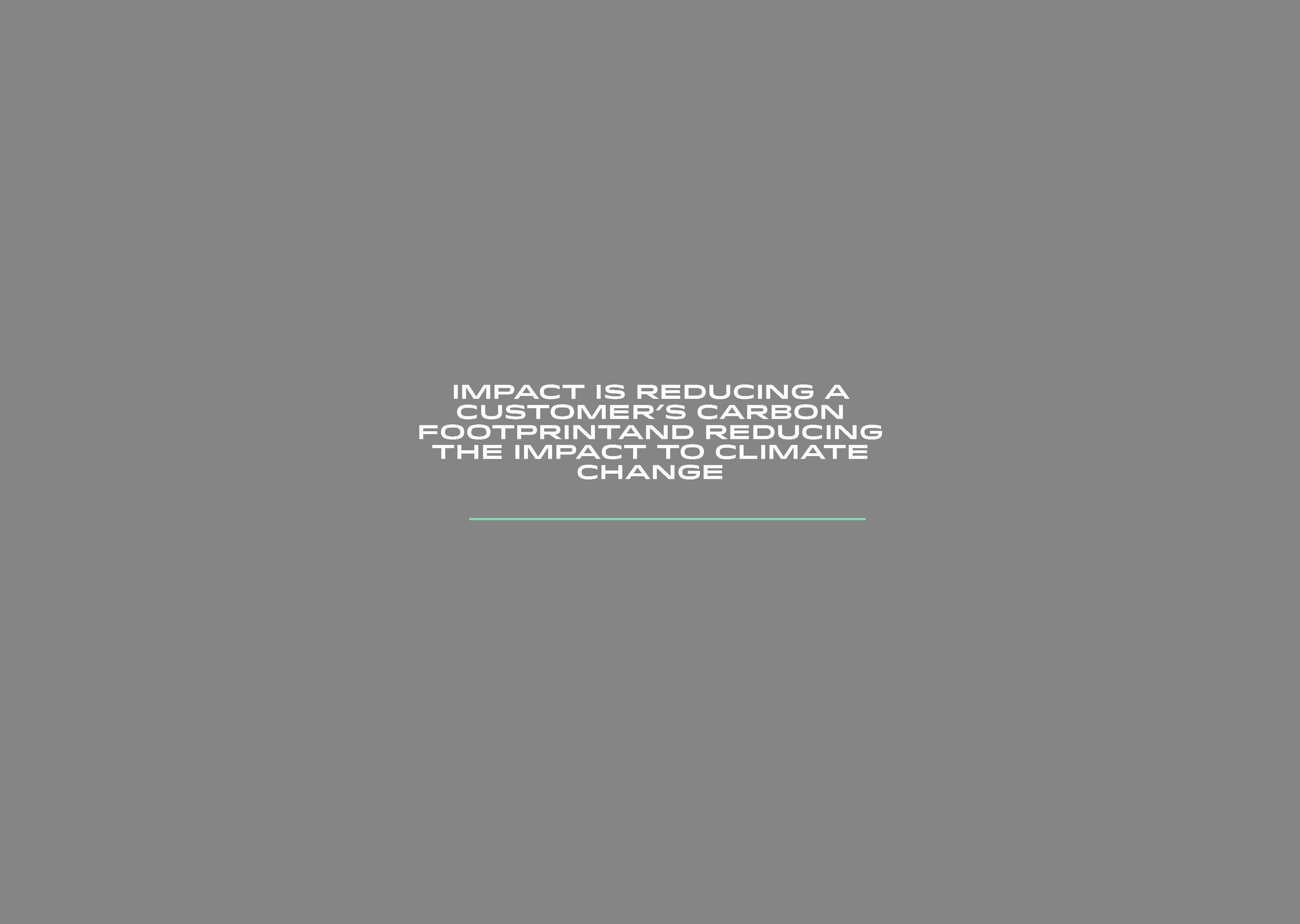
Case Study





